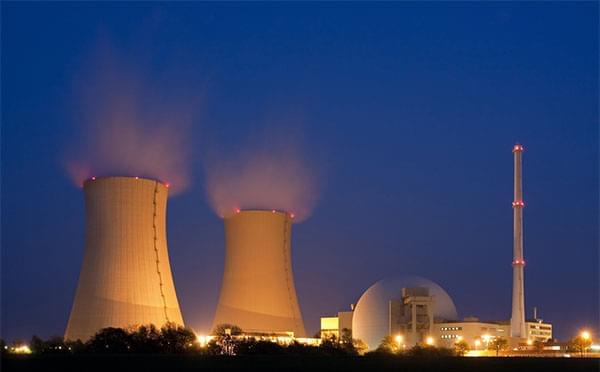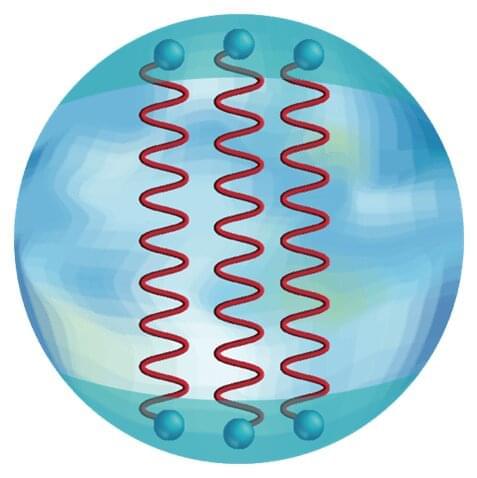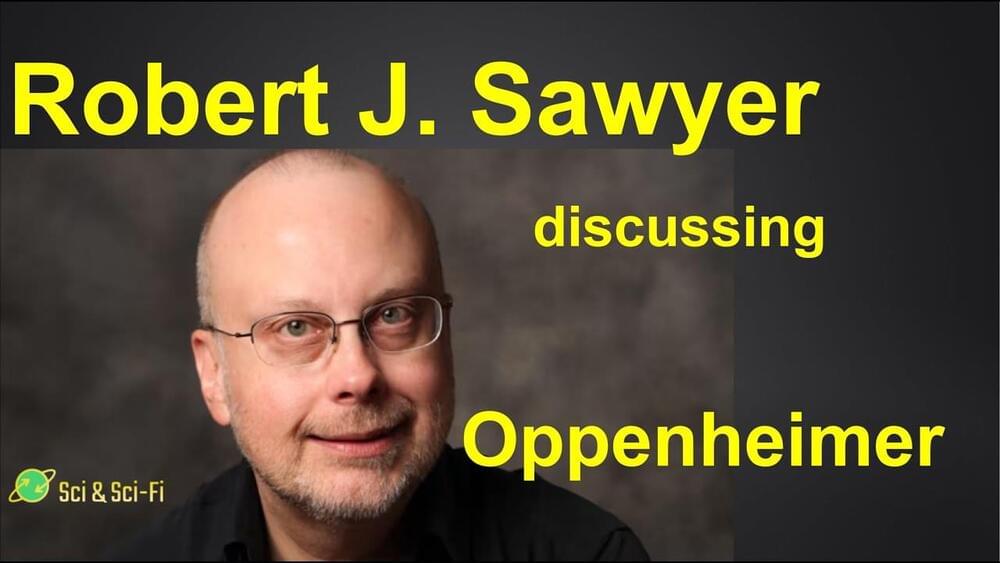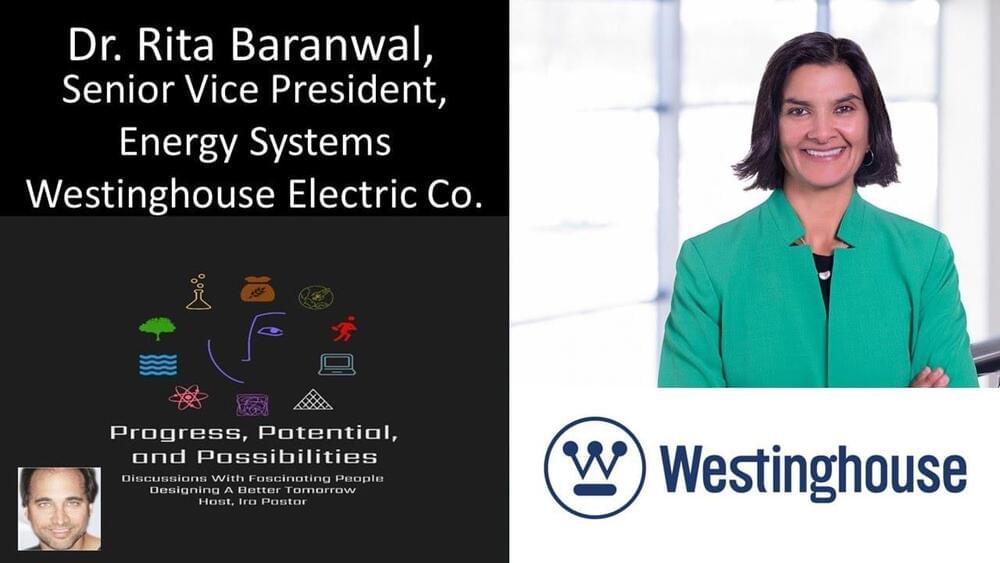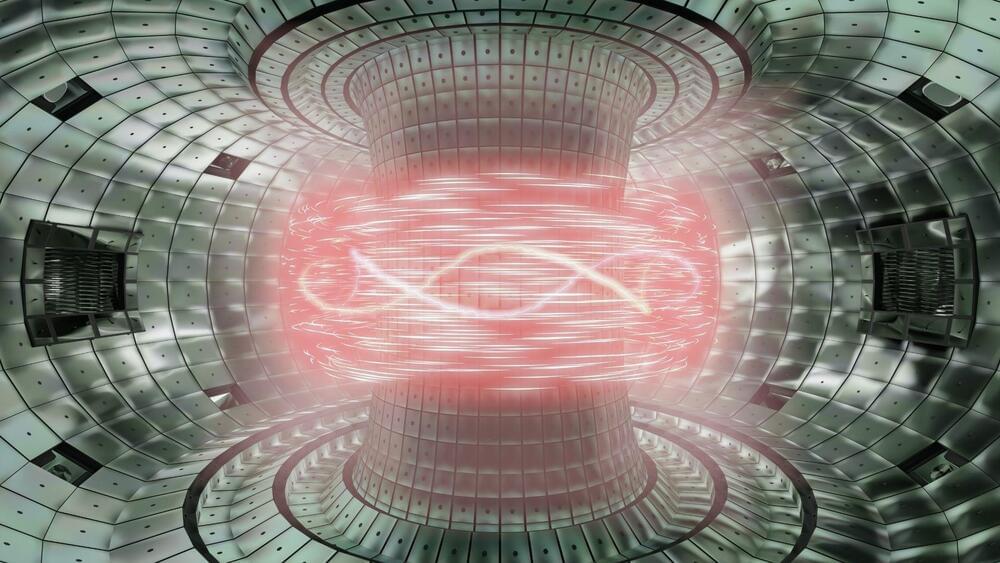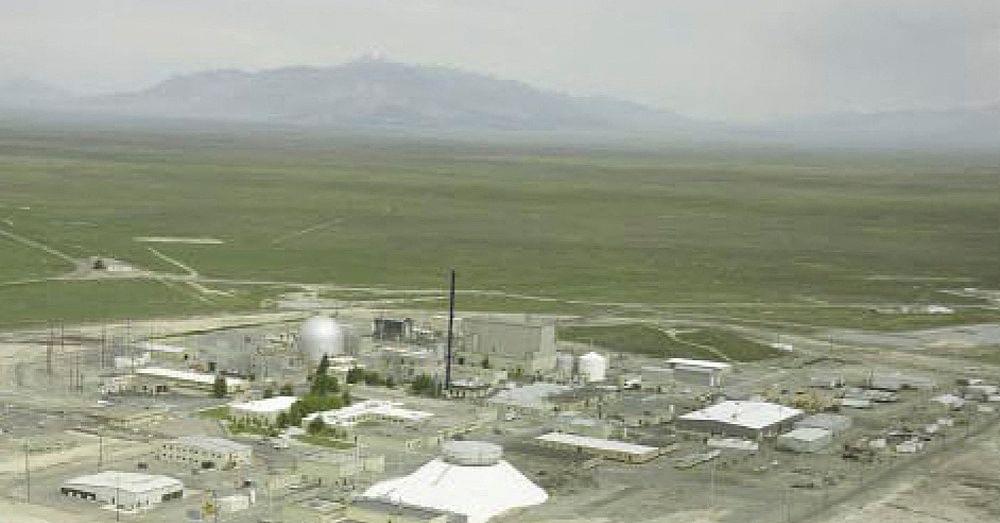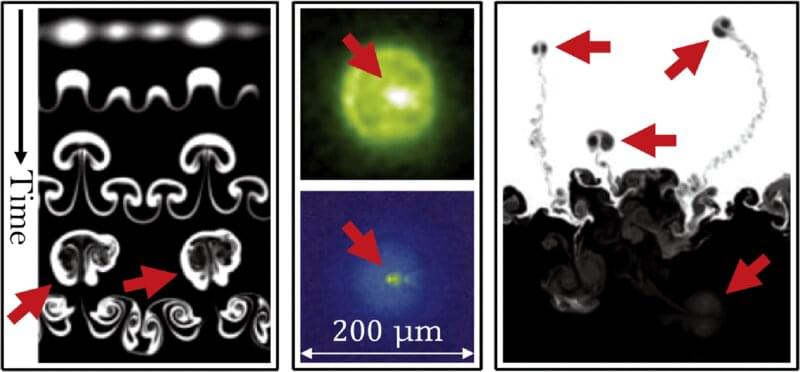Jun 13, 2023
Renewables surpass new nuclear reactor in capacity growth: Utility-scale solar and wind outpace Vogtle-3 in Q1 of 2023
Posted by Shubham Ghosh Roy in category: nuclear energy
Based upon a review by the SUN DAY Campaign of data recently released by the Federal Energy Regulatory Commission (FERC), utility-scale solar and wind have apparently each added more new electrical generating capacity during the first four months of 2023 than the new Vogtle-3 nuclear reactor that just came on-line after nearly 14 years of construction and major cost overruns.
FERC had earlier reported in its monthly “Energy Infrastructure Update” report for December 2022 that installed U.S. utility-scale solar generating capacity had reached 80,400 megawatts (MW) by the end of last year.
However, in its most recent report, with data through April 30, 2023, FERC cites 85,790-MW of installed solar generating capacity… and that does not include new small-scale distributed PV systems. Meanwhile, FERC listed 143,280-MW of installed wind generating capacity at the end of 2022 but, four months later, that figure had been increased to 146,900-MW.
